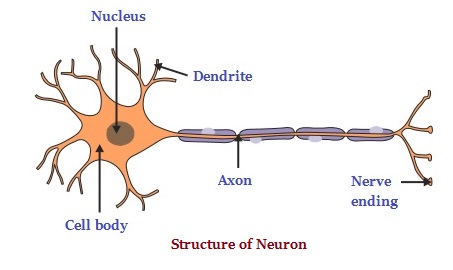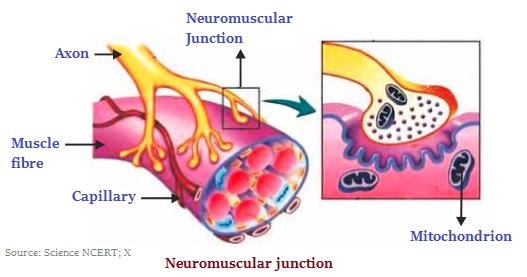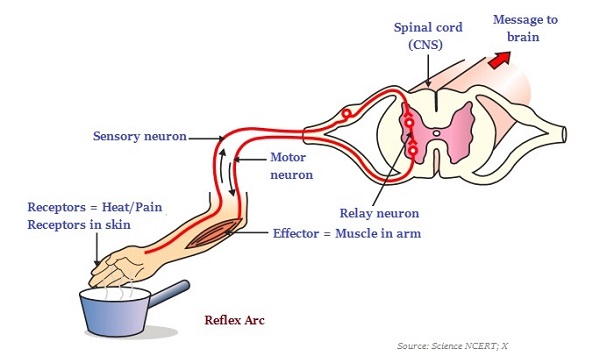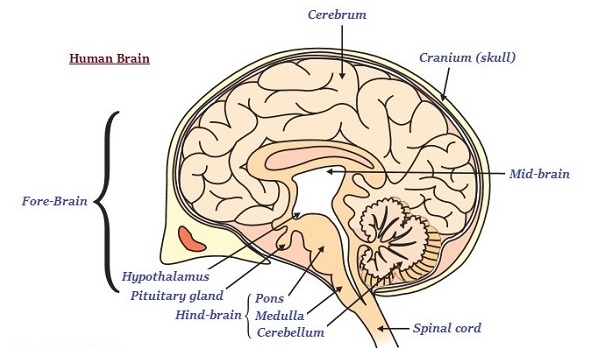
- Biology - Home
- Biology - Structure and Functions
- The Fundamental Unit of Life
- Biology - Tissues
- Biology - Animal Tissue
- Diversity in Living Organisms
- Biology - Plantae Kingdom
- Biology - Animalia Kingdom
- Biology - Vertebrata
- Biology - Transportation in Humans
- Biology - Transportation in Plants
- Biology - Excretion
- Biology - Control and Coordination
- Biology - Hormones in Animal
- How do Organisms Reproduce?
- Biology - Sexual Reproduction
- Biology - Reproduction in Animals
- Reaching the Age of Adolescence
- Biology - Heredity and Evolution
- Biology - Life Processes
- Biology - Respiration
- Microorganisms: Friend and Foe
- Biology - Why do We Fall Ill
- Biology - Natural Resources
- Biology - Our Environment
- Conservation of Plants and Animals
Biology - Control and Coordination
Introduction
In multicellular organisms, following the general principles of body organization, some specialized tissues are used to provide the control and coordination activities.
Nervous System
Nervous system is specialized system that provide control and coordination in animals.
All information, coming from our environment is detected by the specialized tips of some nerve cells, which are usually located in sense organs.
The information, acquired at the end of the dendritic tip (shown in the image given below) of a nerve cell, sets off a chemical reaction that creates an electrical impulse.

This (electrical) impulse, which travels from the dendrite tip to the cell body, and then along the axon to its end of the axon, sets off the release of some chemicals. These chemicals cross the gap, or synapse, and create a similar electrical impulse in a dendrite of the next neuron (see the image given below).

Likewise, the nervous tissue is made up of an organized network of nerve cells or neurons, and is dedicated for carrying information via electrical impulses from one part of the body to another.
Reflex Actions
If the nerves that detect heat, cold, or any such kind of more sensational element move muscles in a simpler way; so, the process of detecting the signal or the input and responding to it by an output action, is known as reflex action and such connection is known as a reflex arc (see the image given below).

Human Brain
The communication between the central nervous system and the other parts of the body is established by the peripheral nervous system.
Peripheral nervous system consists of cranial nerves, which arise from the brain and spinal nerves.
The brain (shown in the image given below) facilitates us to recognize, think, and take actions accordingly.

The brain is categorized into three major parts or regions, namely the fore-brain, mid-brain, and hind-brain.
Among these three parts (of the brain), fore-brain is the main thinking part of the brain; further, fore-brain are specialized for hearing, smell, sight, etc.
When brain gives command, muscle moves it happens because muscle cells have special proteins that change both their (muscles) shape and arrangement in the cell in response to nervous electrical impulses.